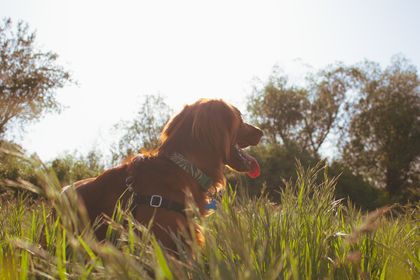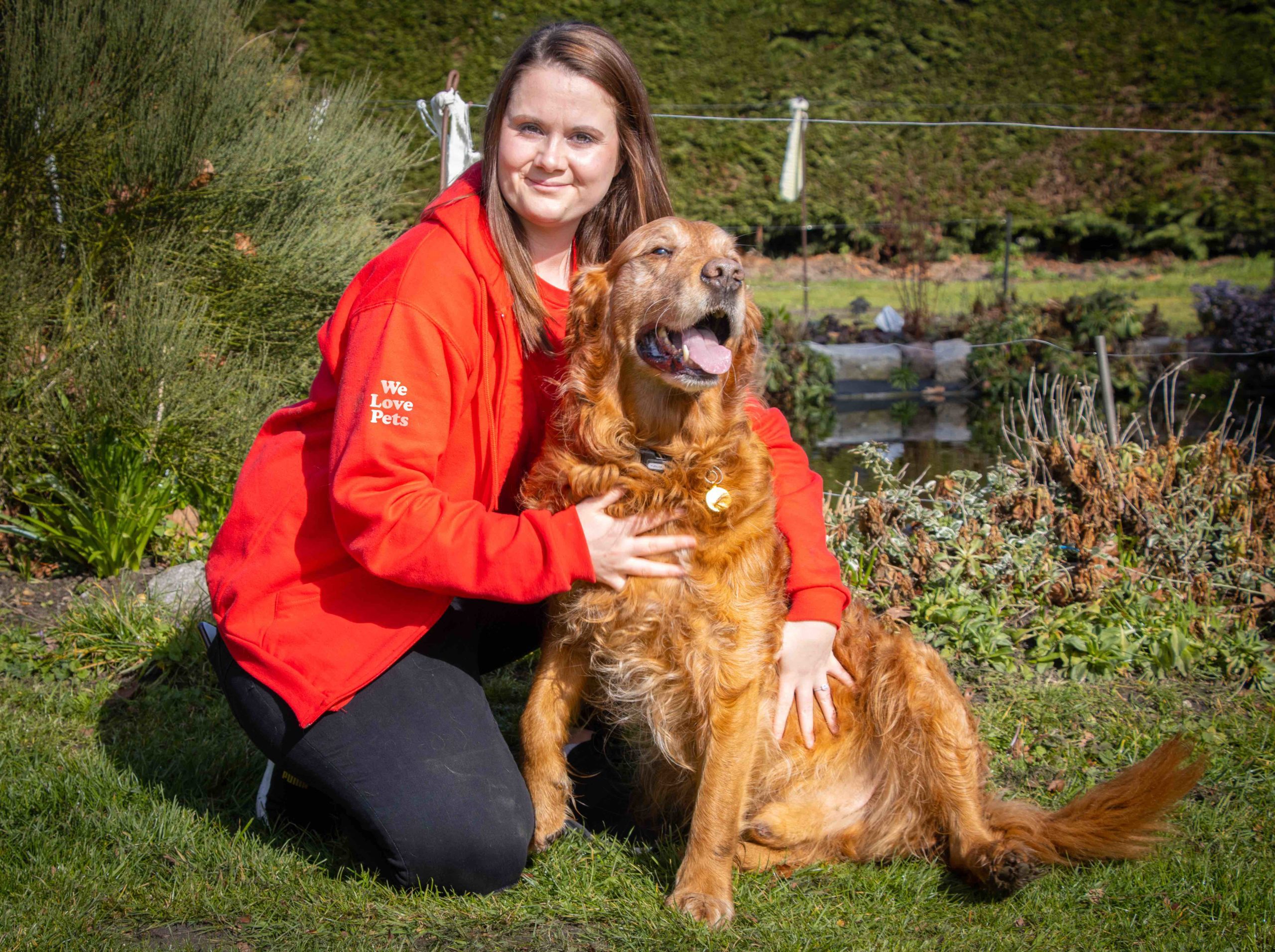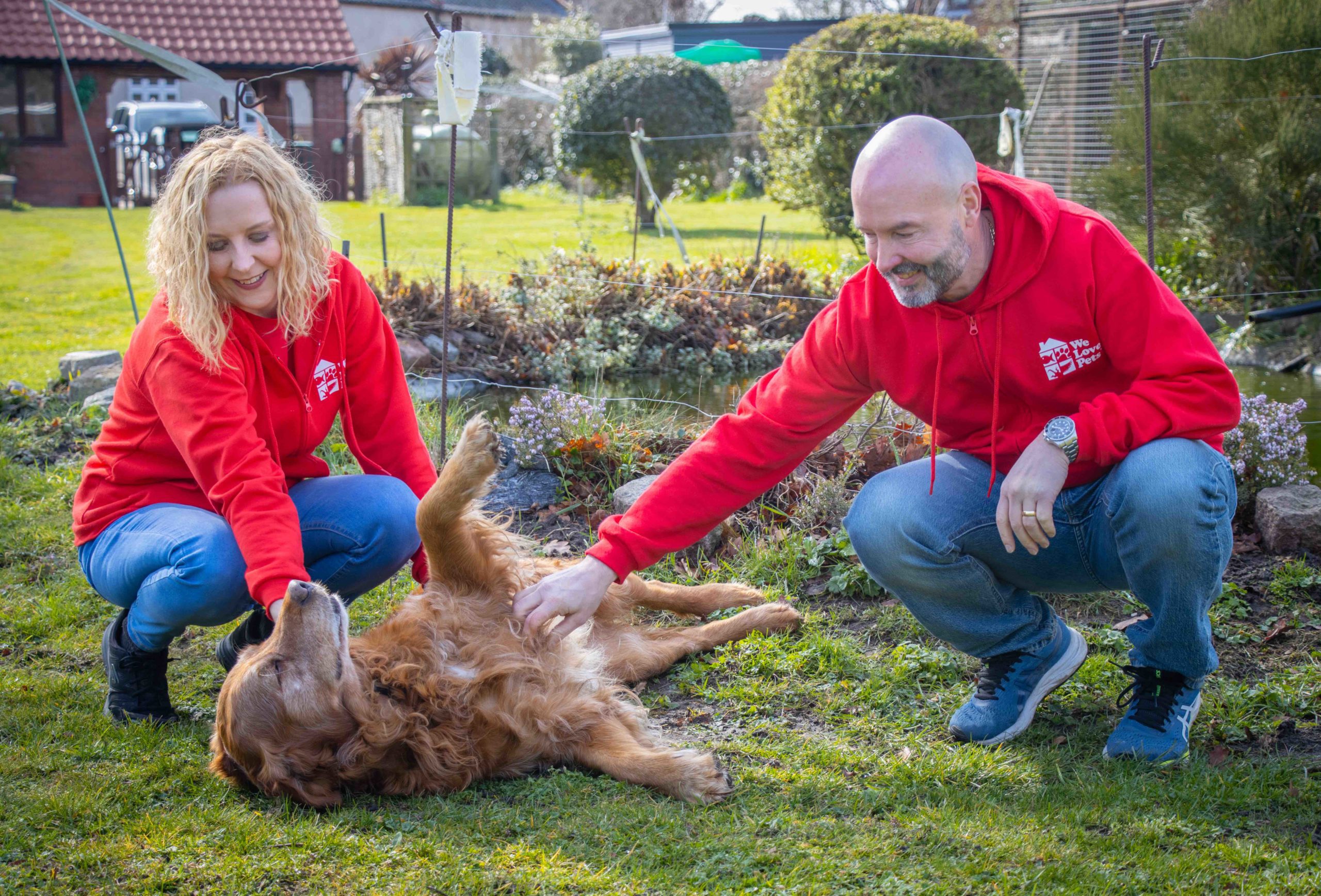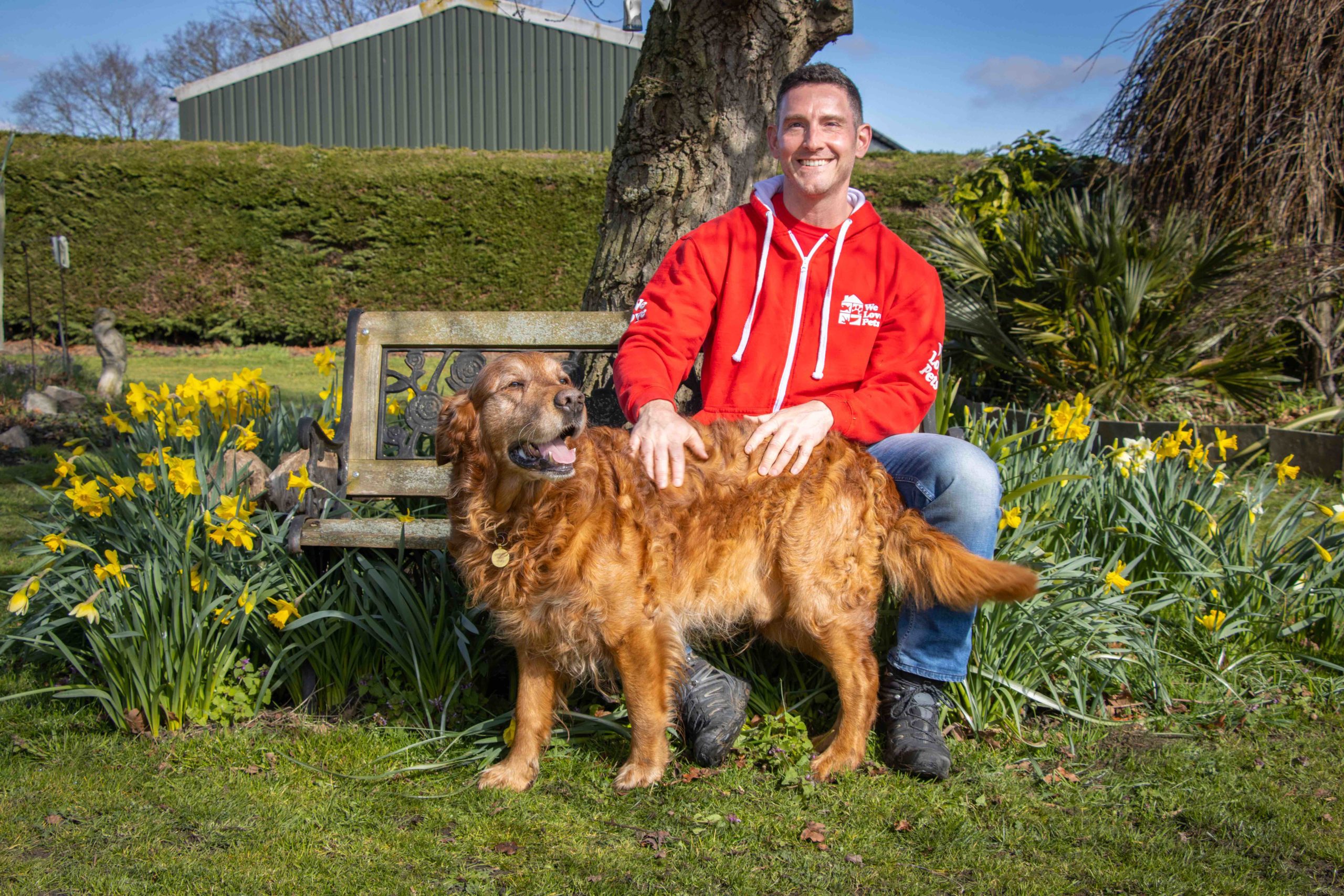Keeping safe during Spring dog walks

During Spring, there is nothing more enjoyable than taking your dog for a nice long walk, you’ll both feel all the better for it. However as professional dog walkers, we are aware that this freedom increases the dangers your dog can be exposed to. So here are our Top Tips to help you make sure that you AND your dog make the most of the great outside.
Poisonous Flowers
Dogs will often nibble on plants but during Springtime especially you need to be aware that some bulbs and flowers can be particularly dangerous for your dog. Spring bulbs like daffodils can be deadly for a dog so make sure they don’t go digging them up. In fact, the leaves and flowers of the daffodil can also make your dog very ill if eaten. Other flowers and plants to steer clear of are crocuses, snowdrops, tulips and lily of the valley.
Our advice is to make sure you either have your dog on a lead or be close enough to call them away if they start to eat any plants – its better to be safe than sorry. Typical symptoms to look out for if you suspect your dog has eaten plants are salivating, vomiting or diarrhoea, being unsteady or lack of co-ordination.
When you contact your vet make sure you tell them as much information as you possibly can. For example, do you know what plant your dog may have eaten? If you don’t know the name, then take some of it with you for identification. How much do you think they might have chewed or eaten? How long ago did they eat it?
Grass Seeds
Your pet may love bounding through the long grass but remember, during spring and early summer these grasses are seeding and these will get everywhere. The seeds pose no serious danger to your pet but they can be very uncomfortable and can easily get stuck in ears, muzzles and down their airways. Always check at the end of a walk and remove any seeds that you see.
Bugs and Parasites
With the warmer weather comes an increase in all manner of bugs which can be at best irritating and at worst quite dangerous for your dog. Any areas of natural grass or woodland will be teeming with fleas, ticks, mites and gnats that are looking for a nice host. Make sure your dog is up to date with their vaccinations, flea and tick medications at this time of year and always check them when you get back from a walk.
Stings
If your dog is off the lead it can inadvertently wander into areas where bees or wasps are feeding. In most cases, wasp or bee stings are not emergencies unless your dog has been stung multiple times. With a bee sting, check and remove the sting if it is still in place, then bathe the area in bicarbonate of soda (one teaspoon of bicarbonate of soda to 300ml warm water). With wasp stings, bathe the area with malt vinegar or lemon juice. If your dog shows any allergic reaction, such as swellings, distress and breathing difficulties, take it to a vet immediately.
Allergies
Just like people, dogs can develop allergies to plants, pollens, grasses, and many other substances in springtime. These normally appear as itchy skin and ear problems, accompanied by hair loss or inflamed skin. Some will even change their behaviour due to irritation and others may suffer respiratory symptoms or runny eyes. If you are at all concerned, especially after your dog has been out in the countryside, contact your vet.
Snakes
The only poisonous snake we have in Britain is the adder and fortunately these are quite timid in nature and will not usually bite unless they feel threatened or cornered. Most adder encounters occur during their active season between March and October when dogs, due to their inquisitive nature, can sometimes disturb them. If you are in an area where adders are known to be active, try and keep to paths and make sure your dog is kept under control, preferably on a lead.
If your dog is bitten, seek veterinary help as soon as you can and do not attempt first aid measures such as sucking out the venom or applying a tourniquet. These procedures are ineffective and may even cause further harm to your pet. Try to keep your pet calm and wherever possible carry your dog rather than let it walk. Both of these measures will help slow the spread of venom around the body.




